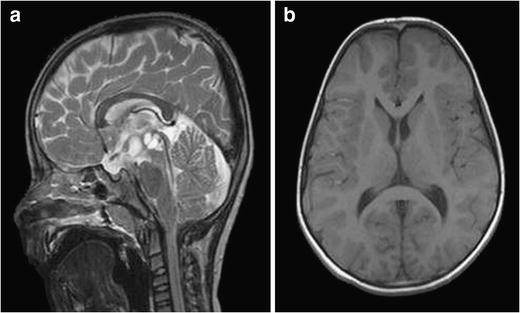
Bars represent the ratio of Pet-1-VP16 responses of luciferase reporters containing 5-HTT binding sites over the activity of these reporters in the absence of Pet-1-VP16. These reporters were transfected into dissociated retinal cultures along with CMV-Pet-1-VP16 or CGS empty vector. A, Four copies of the mouse −2024/−2014 5-HTT Pet-1 binding site and two copies of the human −1172/−1162 −1154/−1144 tandem Pet-1 binding site were each cloned upstream of the adenovirus 2 MLP to prepare 4xm5HTT-luc and 2xh5HTT-luc, respectively. Scale bar: A, C, D, 37.5 μm B, E–H, 225 μm inset in D, 15 μm.įunctional analysis of Pet-1 binding sites.

H, At E14.0, 5-HT-positive neurons form an extensive rostral cluster, and the first 5-HT-positive neurons of the caudal group appear below the pontine flexure ( arrow).

G, At E13.5, 5-HT-positive neurons form a longitudinal band caudal to the mesencephalic flexure, which comprises the rostral 5-HT cluster, but the caudal 5-HT cluster is not yet evident caudal to the pontine flexure ( arrow). F, An additional sagittal section showing the extent of Pet-1 expression in the caudal domain at E13.5. E, At E13.5, a caudal domain of Pet-1 expression ( arrow) appears caudal to the pontine flexure. D, 5-HT immunohistochemistry reveals the first appearance of 5-HT-positive neurons at E13.0 caudal to the mesencephalic flexure inset shows the morphology of the two cells from this field ( dashed lines indicate boundaries of the neural tube). C, At higher magnification, the Pet-1-positive cells shown in B can be seen near the outer surface of the ventricular zone. B, At E13.0 on sagittal sections, Pet-1 expression is seen as a single longitudinal band caudal to the mesencephalic flexure ( arrow).

A, Pet-1 expression at E12.75 in scattered cells ( arrows) caudal to the mesencephalic flexure. Pet-1 gene expression in the developing hindbrain precedes the appearance of 5-HT-positive neurons.


 0 kommentar(er)
0 kommentar(er)
